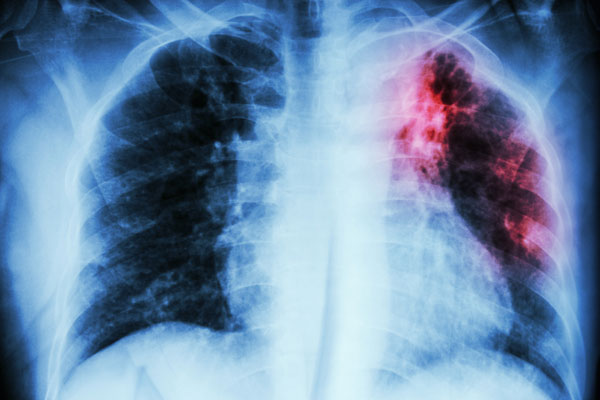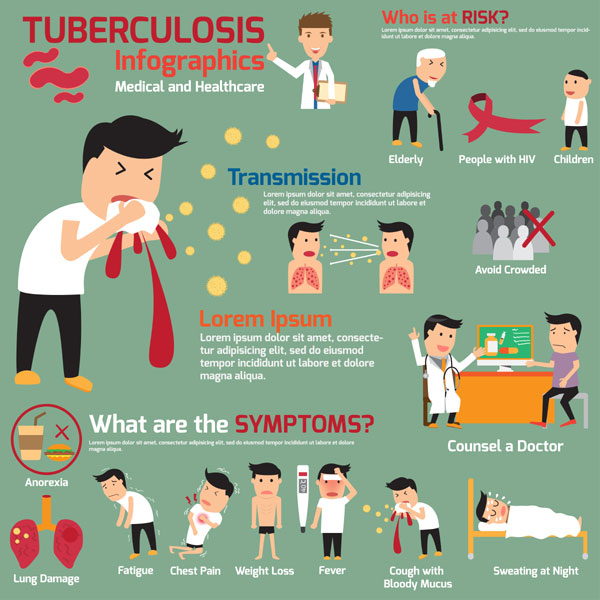Tuberculosis, known as TB, is an infectious disease that in some cases, if not treated promptly, can become very serious. So let's get to know the symptoms, the causes and how it is transmitted.
Don't store avocado like this: it's dangerousTuberculosis, known as TBC, it is an infectious disease which in some cases, if not treated promptly, can lead to serious consequences. So let's get to know the symptoms, causes and how it is transmitted.
Fortunately, in our country, cases of tuberculosis are now quite rare. However, it is not a completely eradicated disease even if today there is no longer a real emergency because it is a pathology that treated at the first symptoms (therefore early diagnosis is important) responds well to treatment. If, on the other hand, no action is taken to stem the situation, TB turns out to be fatal in more than 50% of cases.
Read also: VINEGAR: EVEN EFFECTIVE AGAINST TUBERCULOSIS
Index
Tuberculosis: symptoms
The tuberculosis bacterium causes problems especially in the lungs. In addition to a skin test to detect the presence of infection, the surest way to diagnose the disease is to do a chest X-ray to check the state of the lungs.

The main symptoms of tuberculosis are cough sometimes accompanied by hemoptysis, i.e. blood, chest pain, sweating, fever. However, if the bacterium is able to spread to other parts of the body through the blood, problems can appear in the kidneys, skin, lymph, circulatory system, etc. In this case, the symptoms differ according to the organs or areas of the body where the bacterium has managed to take root.
Once cured of tuberculosis you can recover completely and see all symptoms disappear or continue to experience some chest pain and hemoptysis problems.
Causes of tuberculosis
Tuberculosis is caused by the Mycobacterium tuberculosis, also known as Koch's bacillus from the name of the German doctor who identified it at the end of the 800th century.
It is a disease that it affects people of any sex, age or social class indiscriminately but gods have been established risk factors major. We speak in particular of all those more or less serious pathologies in which there is a lowering of the immune defenses, for example diabetes, kidney failure, autoimmune diseases (especially HIV) or the use of certain types of medicines. Often traveling to countries where TB is widespread is also a major risk factor, children, elderly people and health personnel are more likely to be infected if they are not regularly equipped with a mask.

How tuberculosis is transmitted
Tuberculosis is a contagious disease that is transmitted by air through the drops of saliva of a sick person. In fact, a few coughs or sneezes are enough to spread the bacterium in the surrounding environment but it must be said that, even if there are people around, this does not always manage to take root and therefore develop the disease in all respects.
Immune systems in good condition, indeed, they are able to extinguish the disease in the bud going immediately to block the offending bacterium and therefore not causing any symptoms to appear. The microorganism, however, can remain latent in the body, ready to counterattack if the immune defenses are lowered at a certain point.
Generally contagion occurs in closed, not well ventilated and crowded places as Mycobacterium tuberculosis is very sensitive to light and ultraviolet radiation and therefore open spaces are placed where transmission is difficult.


























